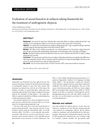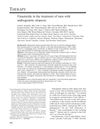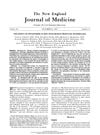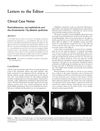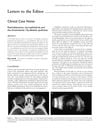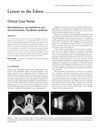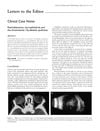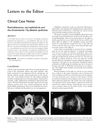Clinical Case Notes: Propecia-Associated Bilateral Cataract
February 2004
in “
Clinical and Experimental Ophthalmology
”
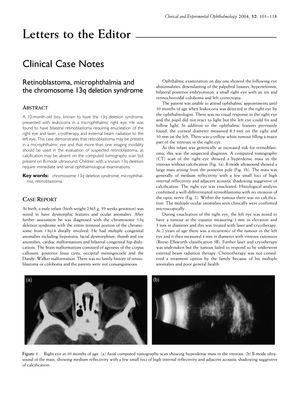
TLDR Taking Propecia might lead to the development of cataracts.
In 2004, a case study was conducted on a 43-year-old man who had been taking finasteride (Propecia) for 3 years to treat early stage androgenic alopecia and presented with decreasing vision in both eyes over a period of 3 months. The study suggested that Propecia might be associated with the formation of anterior subcapsular lens opacities, a type of cataract. The patient's cataracts might also be associated with alopecia, as both are ectodermal disorders. However, no dermatological findings were found in the patient or his family. The study concluded that although finasteride, the active ingredient in Propecia, is generally well-tolerated, it can be associated with the development of cataracts. Clinicians were advised to be aware of this potential side effect and report suspected cases to the appropriate regulatory bodies.
